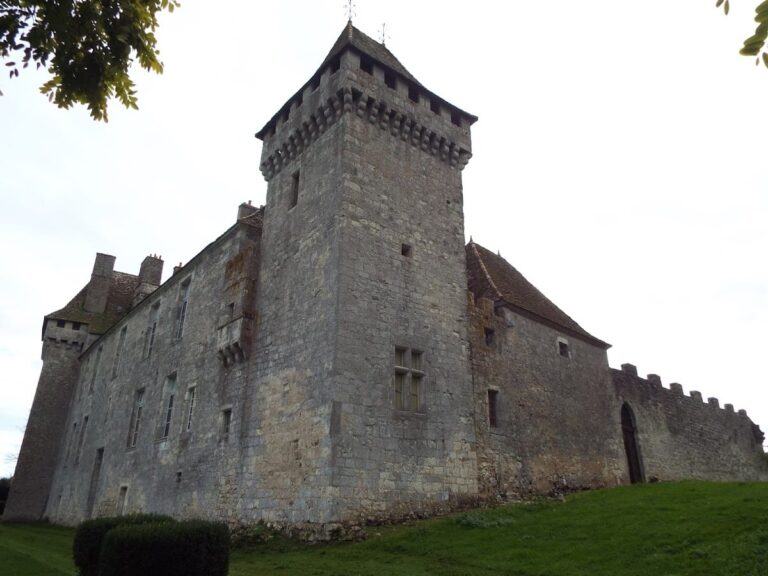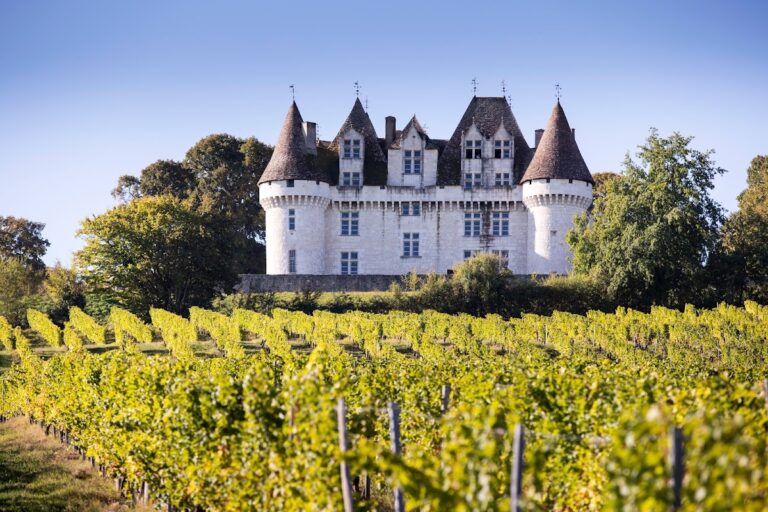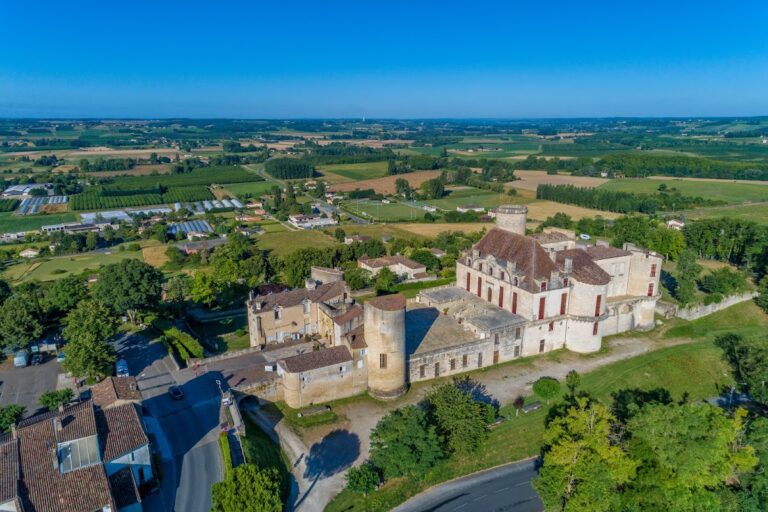Château de Pouthet: An 18th-Century Estate in Eymet, France
Visitor Information
Google Rating: 4.7
Popularity: Very Low
Google Maps: View on Google Maps
Country: France
Civilization: Unclassified
Remains: Military
History
The Château de Pouthet is located in the town of Eymet, France. This estate was built during the 18th century by the local population in an area renowned for its wine production, reflecting its initial role as a wine-producing domain deeply connected to viticulture.
Throughout the 19th century, the château experienced considerable changes, most notably following a fire that destroyed one of its wings. This event led to a major reconstruction that included replacing the damaged wing with a distinctive tower featuring ornamental machicolations—an architectural detail inspired by medieval fortifications but used here decoratively. At the same time, other expansions and renovations enhanced the estate’s structure and surrounding buildings, adapting it to evolving needs while preserving its elegant style.
By the early 21st century, the estate had been formally recognized for its cultural and historical value. Its gardens received the prestigious designation of “Jardin Remarquable” from the French Ministry of Culture in 2004, acknowledging their botanical significance and design. Two years later, in 2006, the château and its gardens were officially registered as a historic monument, highlighting their importance within France’s heritage.
Today, Château de Pouthet stands as a testament to the agricultural traditions and architectural adaptations spanning two centuries, situated in the wine-rich region along the Dropt river valley.
Remains
The Château de Pouthet presents a residence constructed mainly along an east-west axis, organized in the style of a “chartreuse,” a traditional architectural layout marked by a central main building flanked symmetrically by two pavilions. This design creates an elevated and balanced structure that is intimate in scale, suitable for a private country estate.
Access to the main building is provided by two prominent staircases: on the north side, a grand honor staircase of fourteen steps invites visitors upward, while a double staircase on the south side offers an elegant alternative ascent. An older wing of outbuildings extends from the east side in an L-shaped formation, connecting to the main residence and contributing to the estate’s functional layout.
Following a destructive fire in the 19th century, one wing was replaced with a tower located to the west of the main building. This tower features false machicolations—architectural elements originally designed as openings between battlements for defensive purposes, here serving as ornamental details that evoke a historical style. To maintain visual harmony, a slender turret was built on the east side, balancing the tower’s presence. Additional outbuildings were constructed north of the château, positioned about forty meters away from the principal house, expanding the estate’s footprint.
Surrounding the building is a park characterized by carefully pruned boxwood beds arranged in formal patterns. A cedar-lined avenue, planted around 1860, stretches across the grounds, offering greenery with historical roots. Adjacent to these ornamental features lies a multicolored kitchen garden, where flower and vegetable beds are organized in square plots, combining utility with aesthetic appeal. The estate’s slopes are documented as wooded areas that bloom seasonally with narcissus, cyclamens, and saffron crocuses, reflecting the natural biodiversity managed alongside cultivated spaces.
The château’s gardens and park encompass approximately two hectares and include both botanical collections and an arboretum. Together, these elements contribute to the site’s designation as a noteworthy heritage garden within the French cultural landscape. The integration of cultivated fields, tree-lined avenues, and vibrant kitchen gardens illustrates the blend of agricultural tradition and decorative landscaping sustained at Château de Pouthet.







